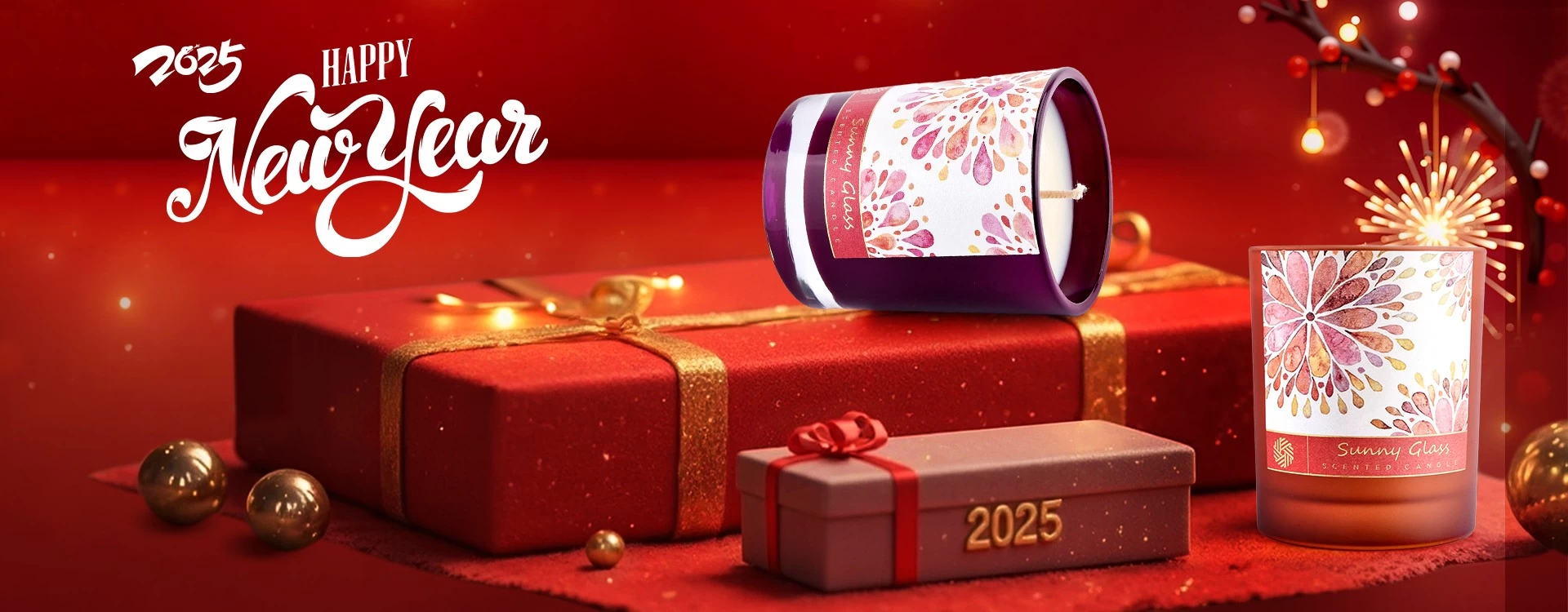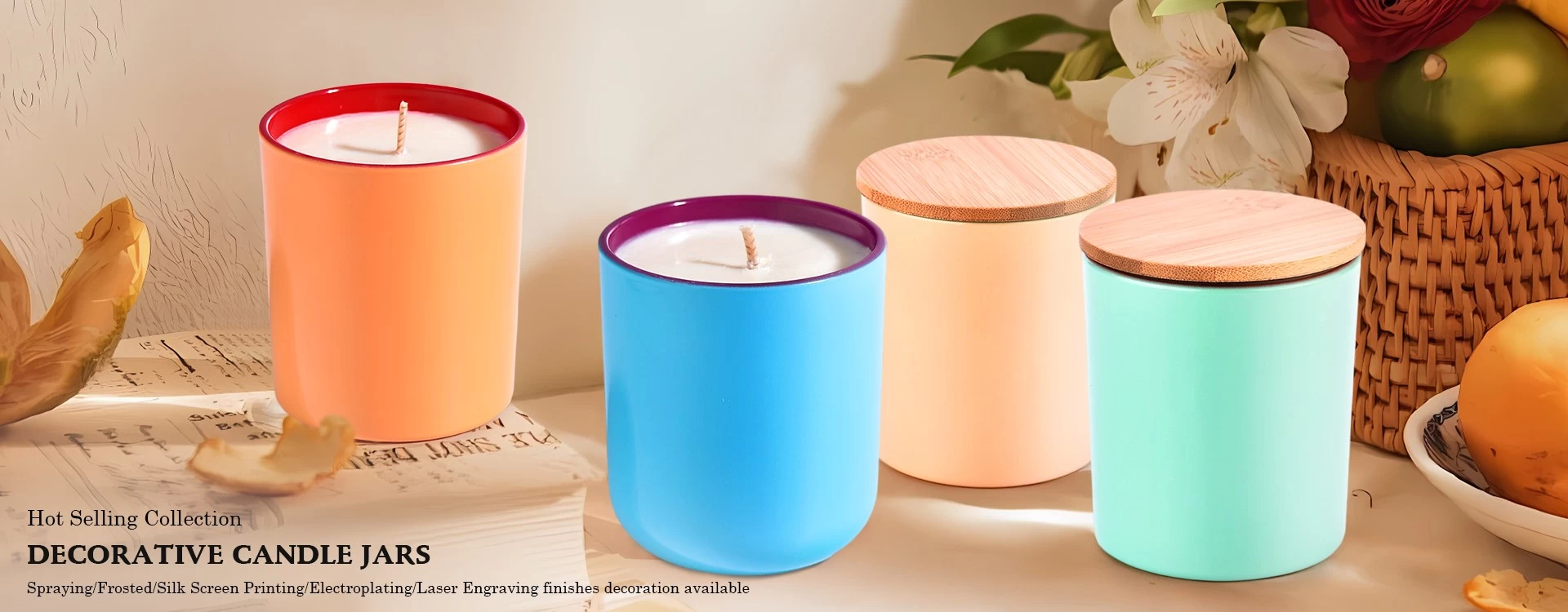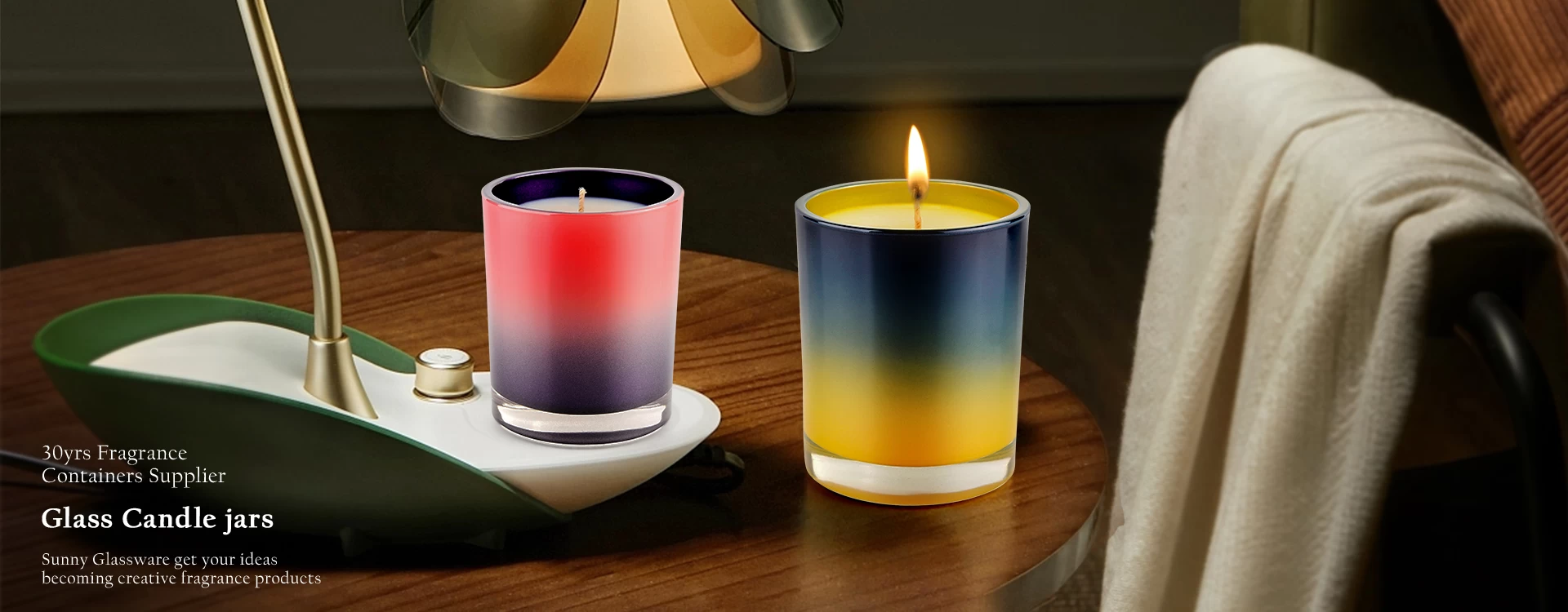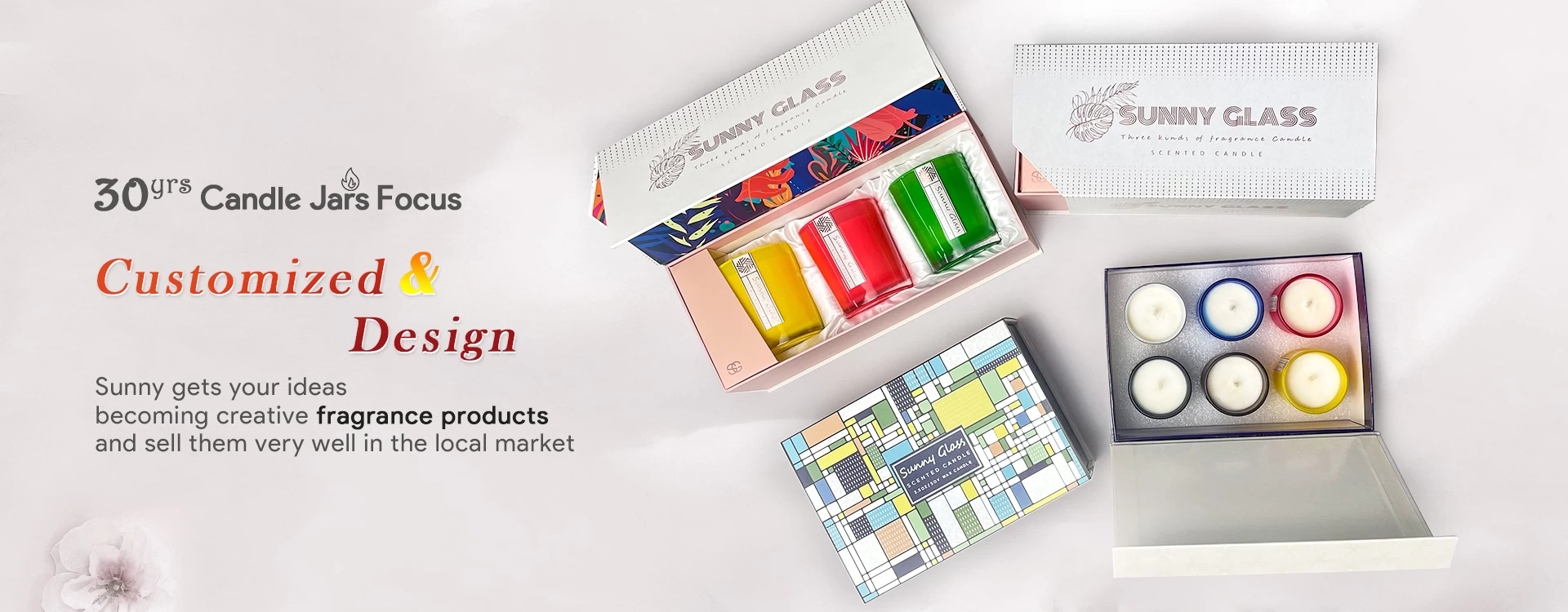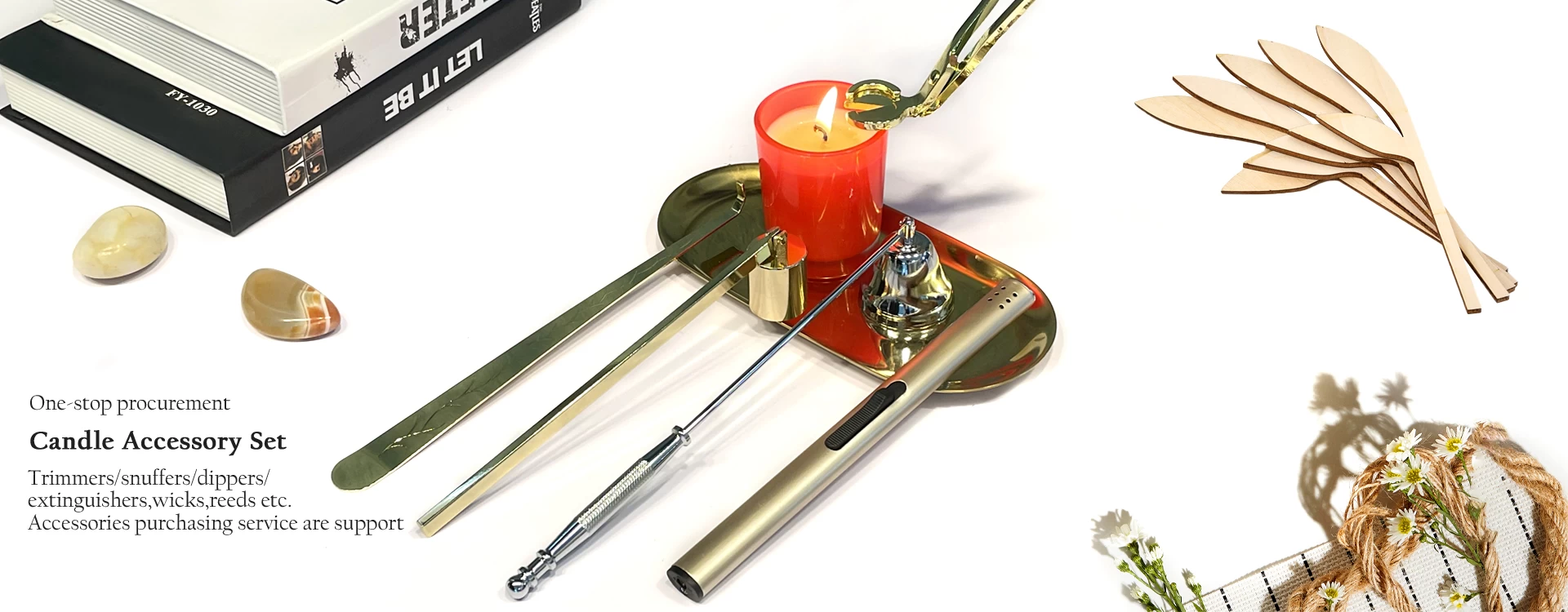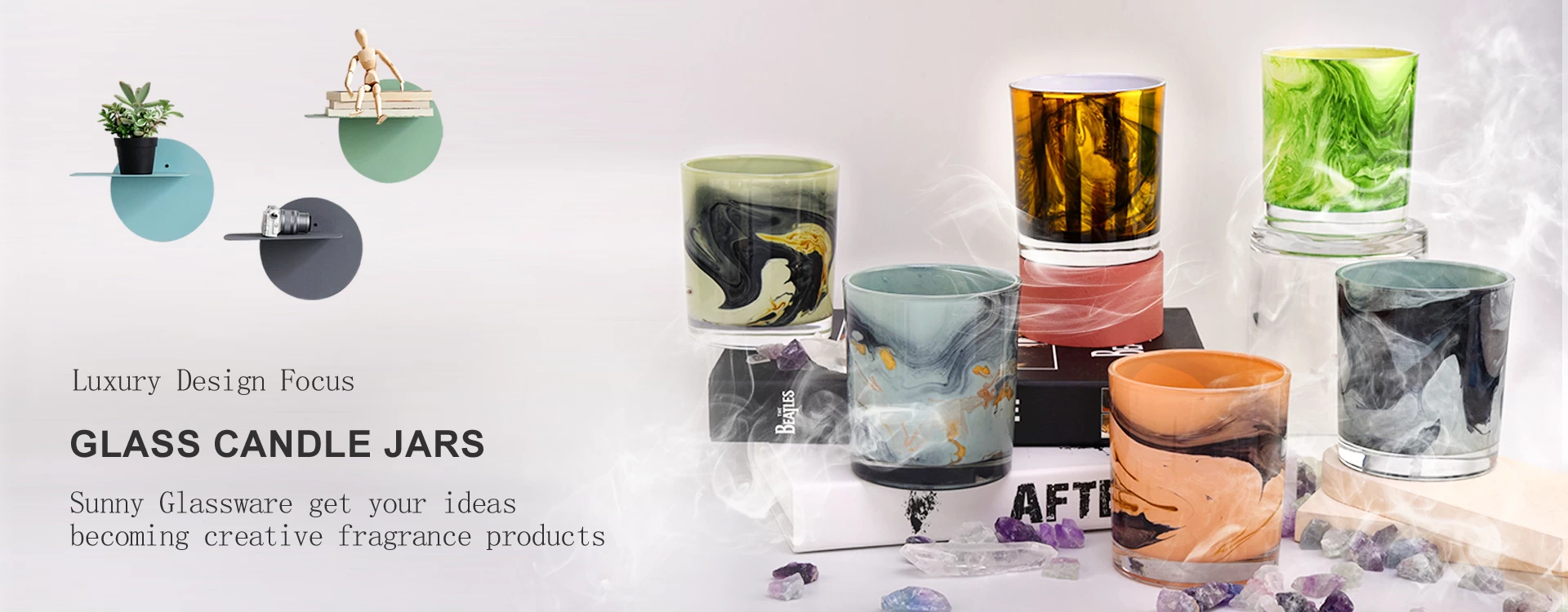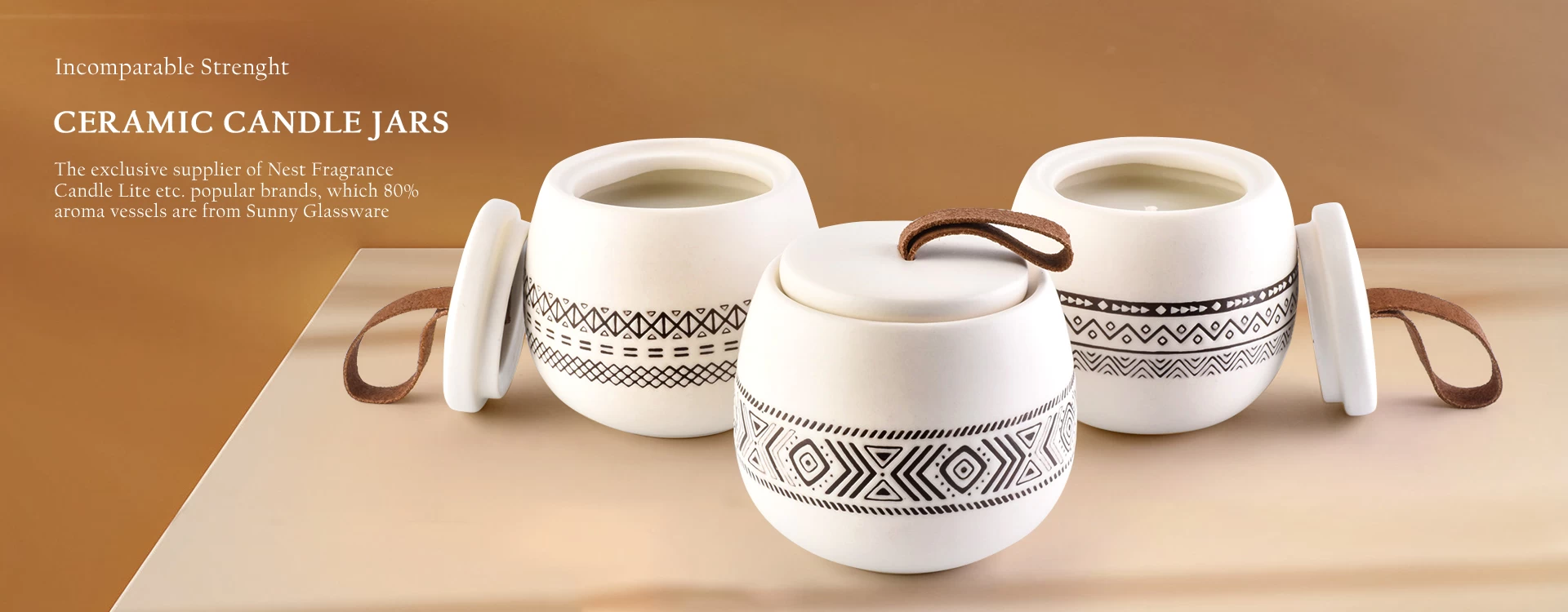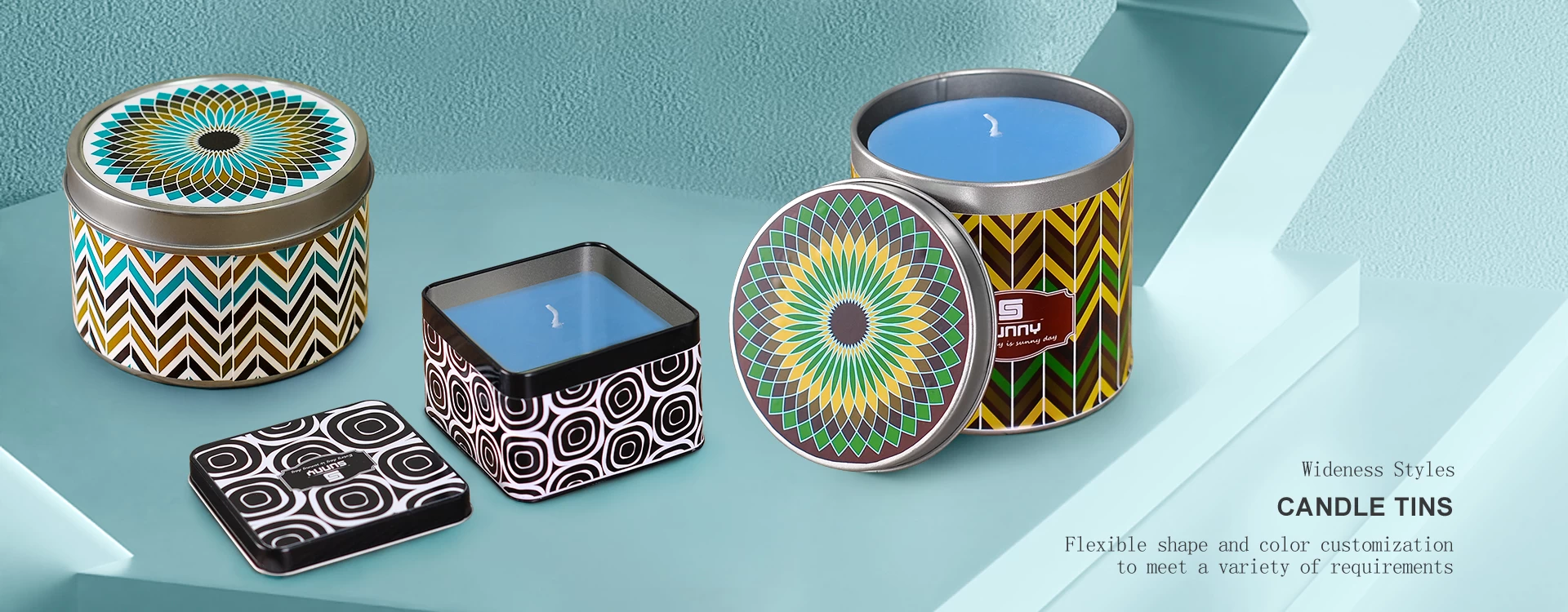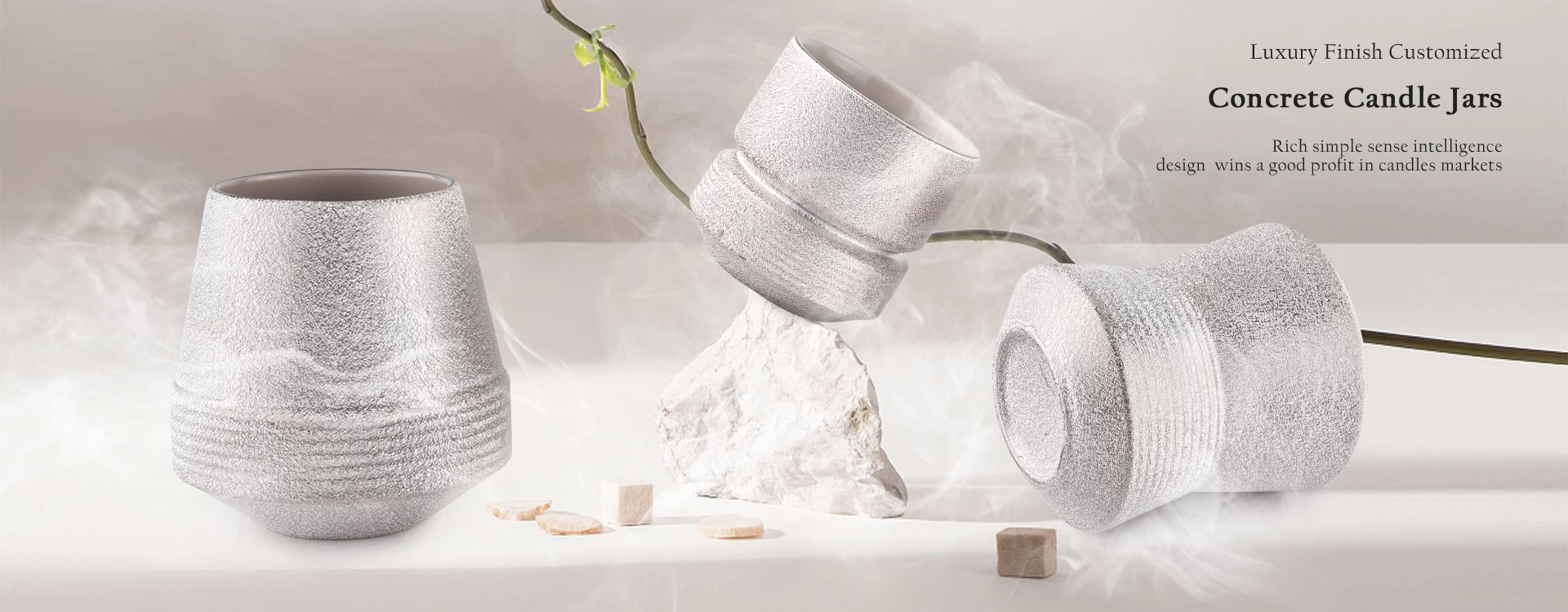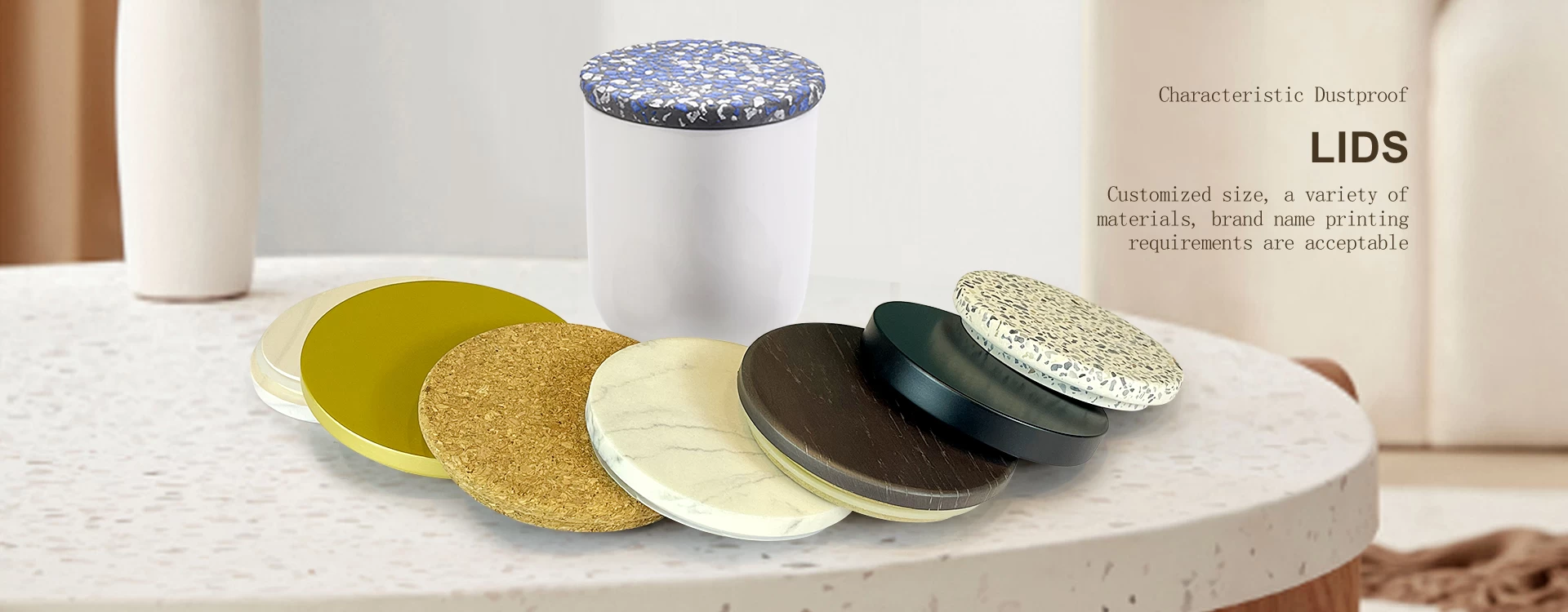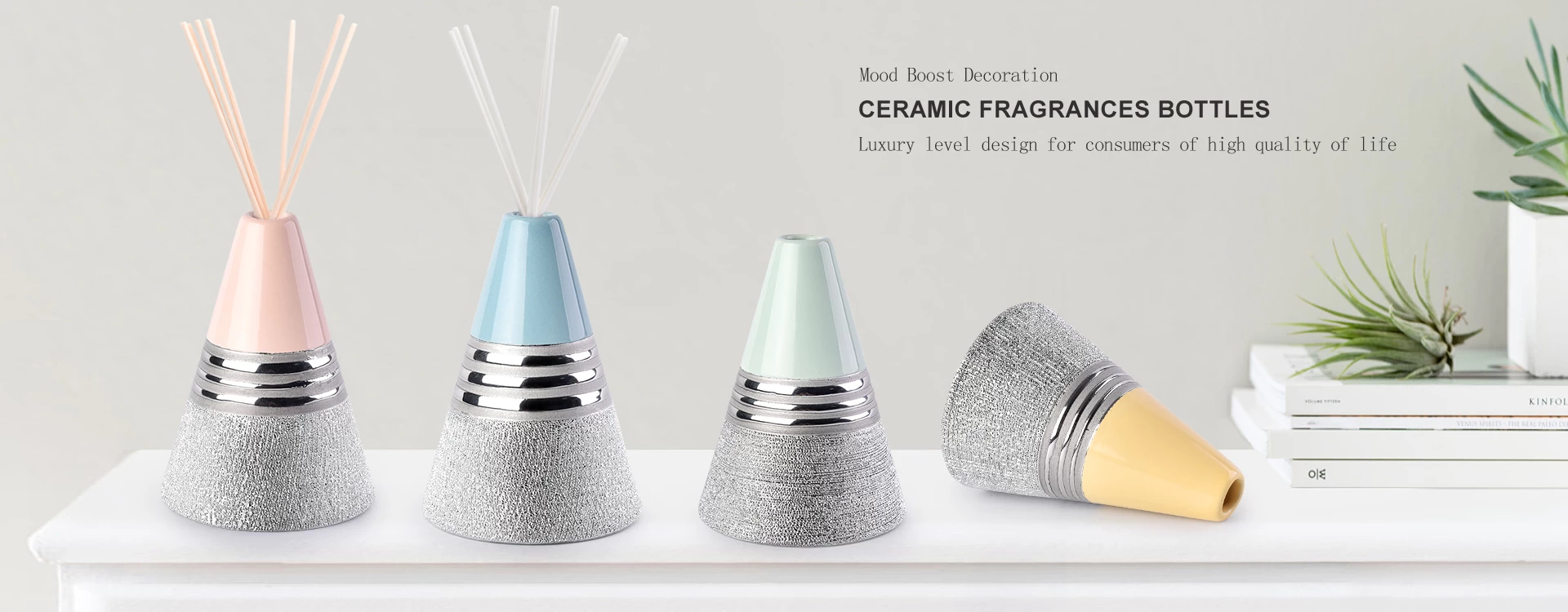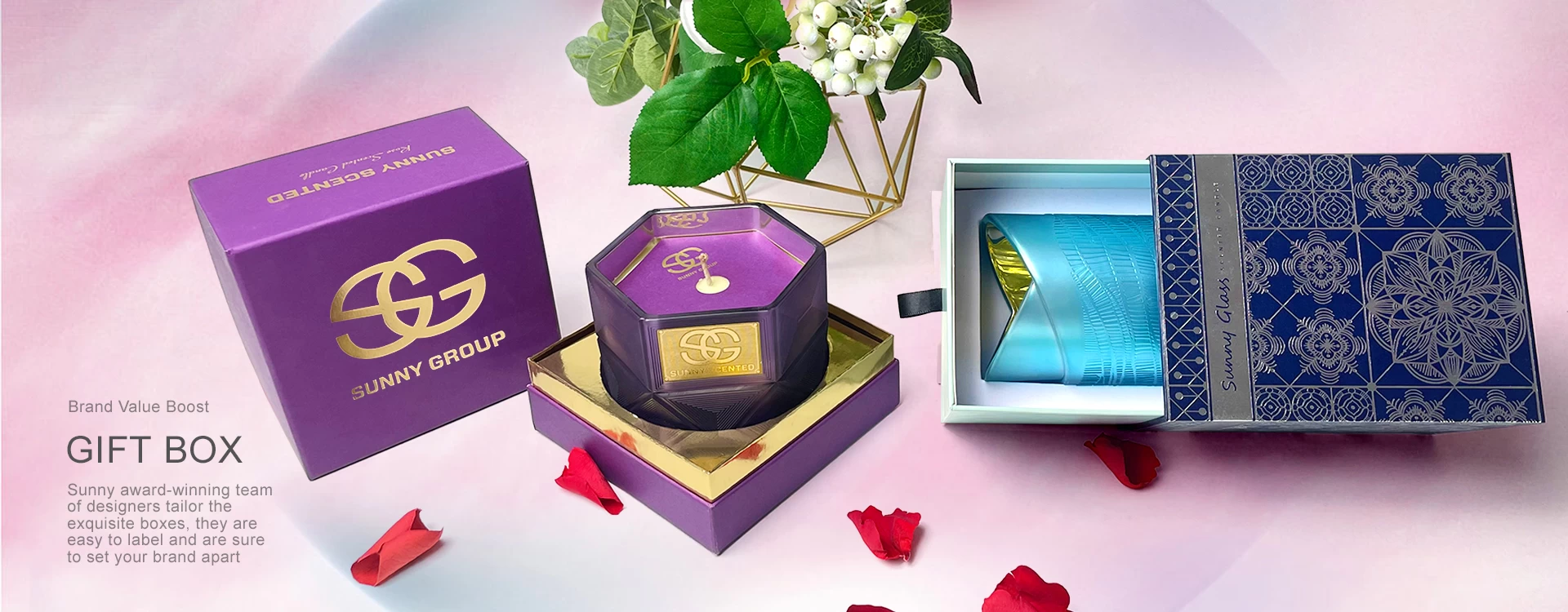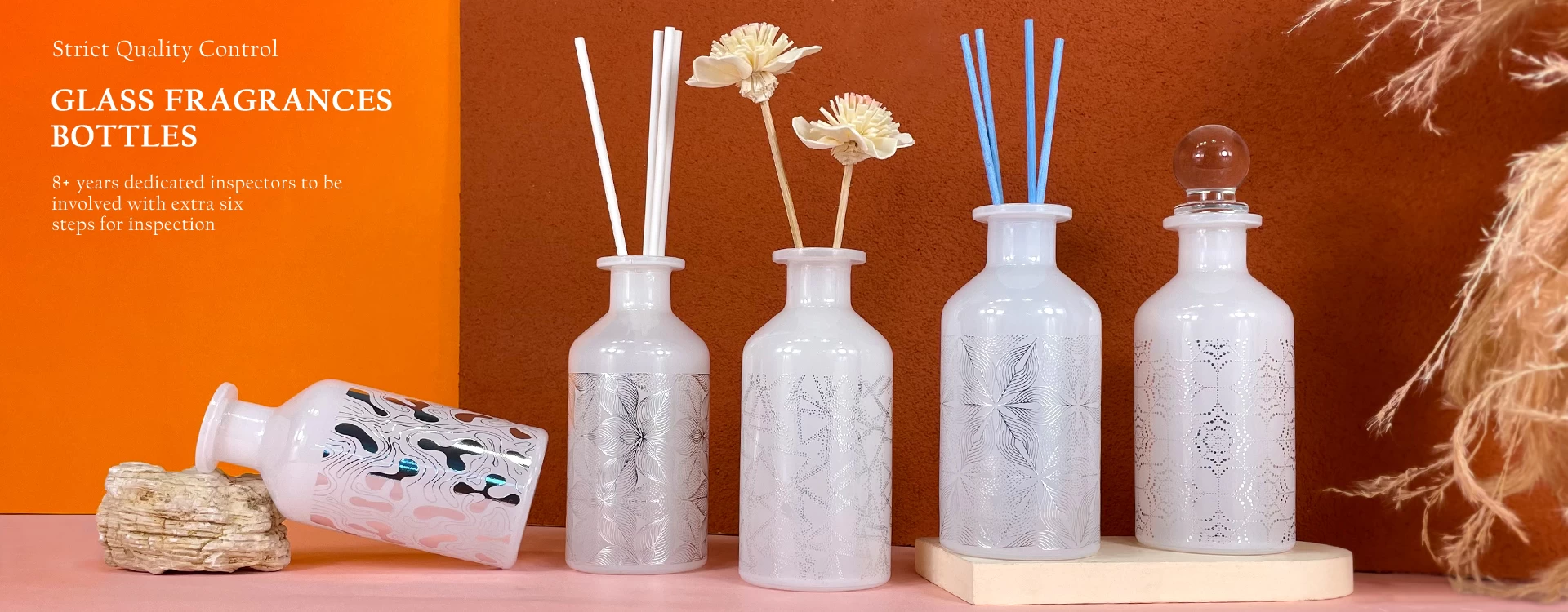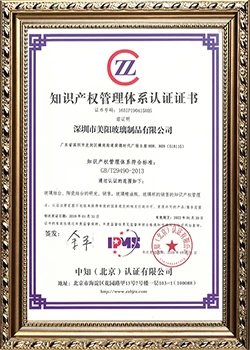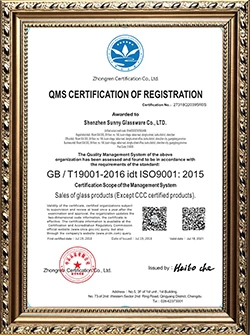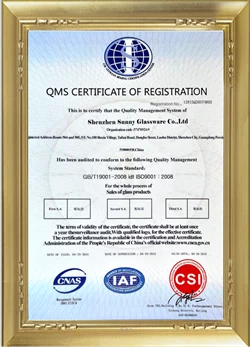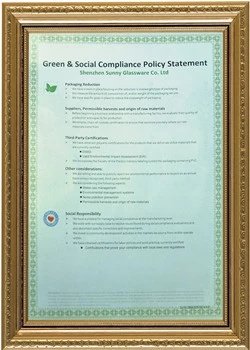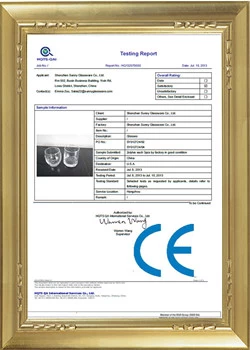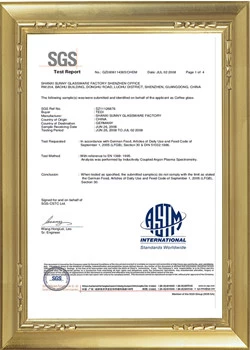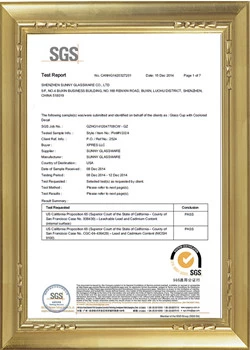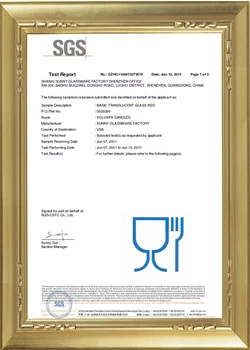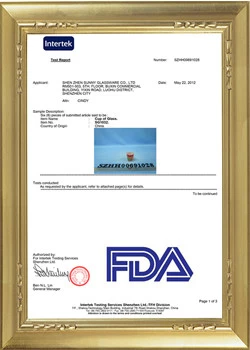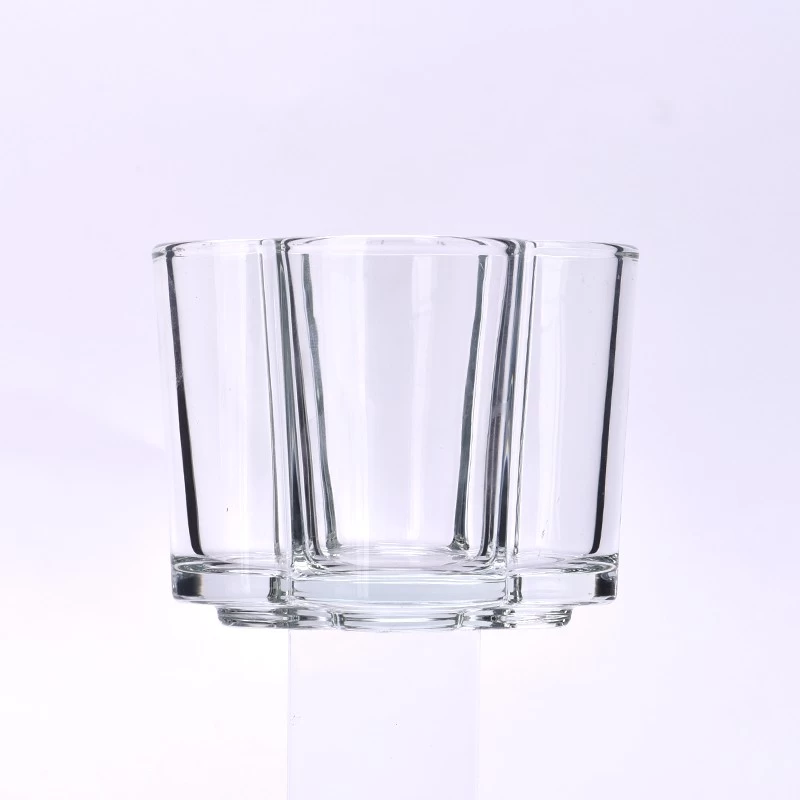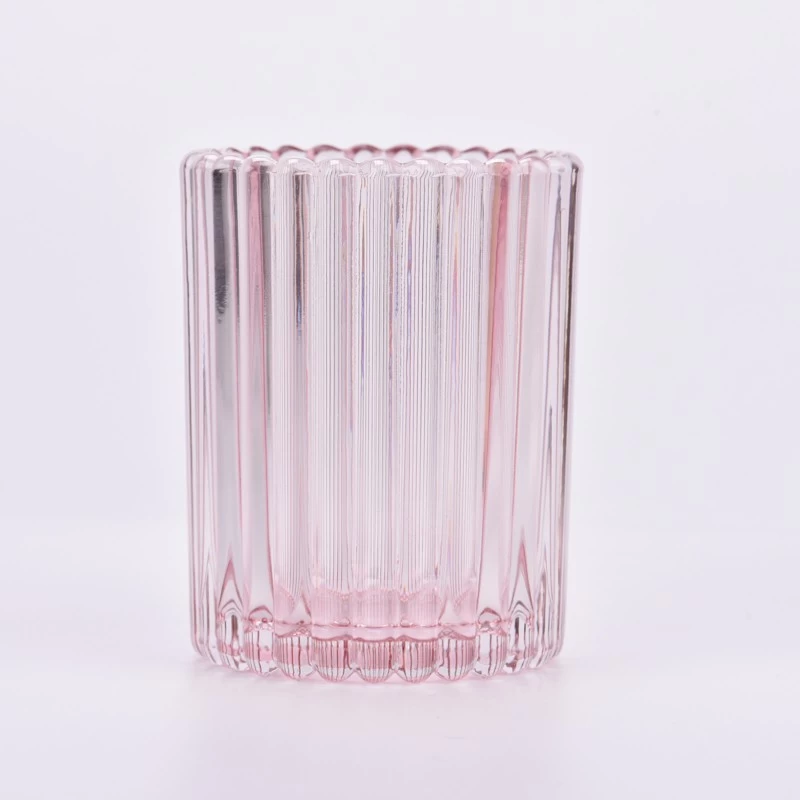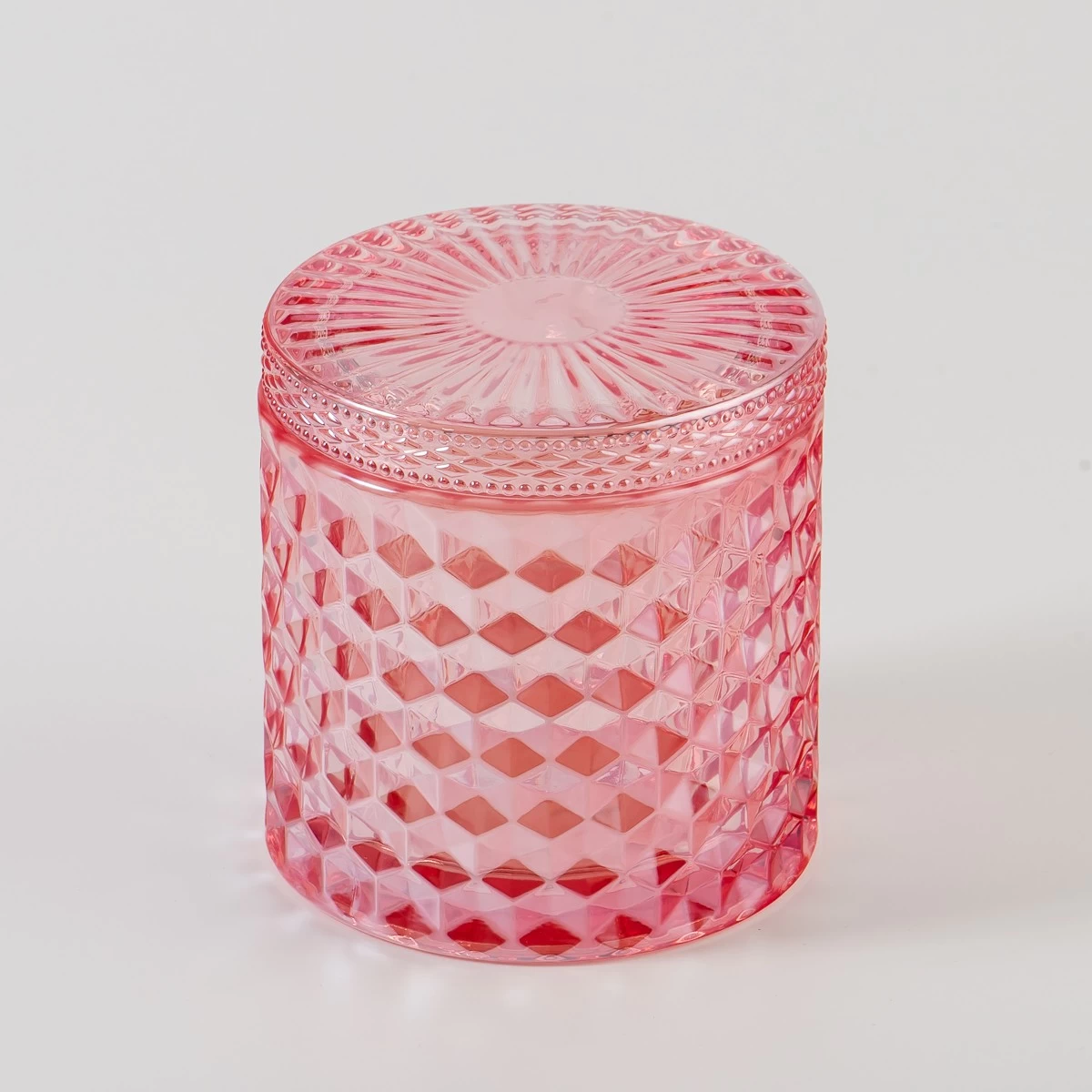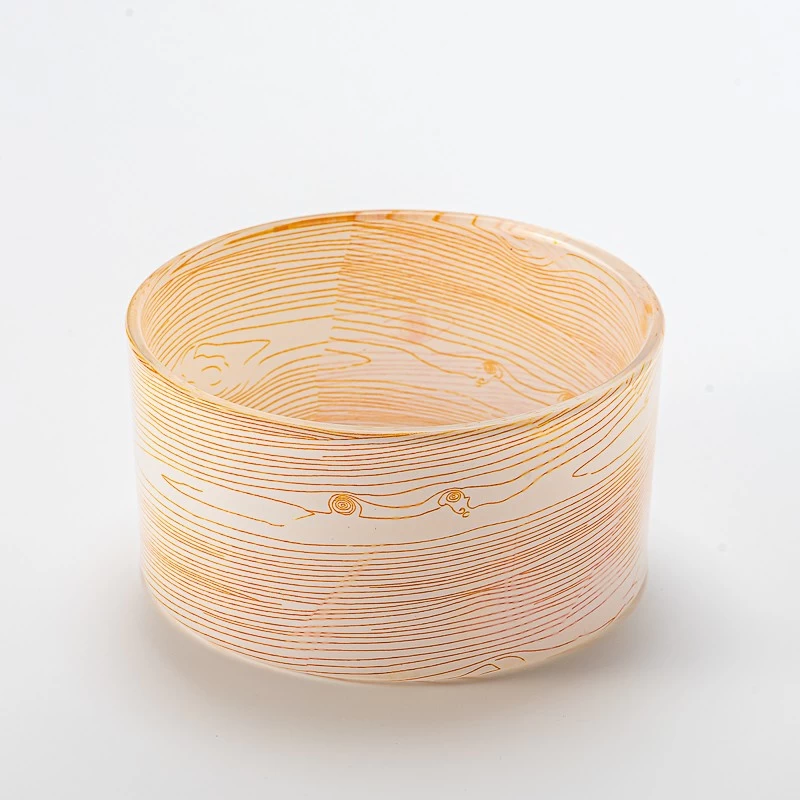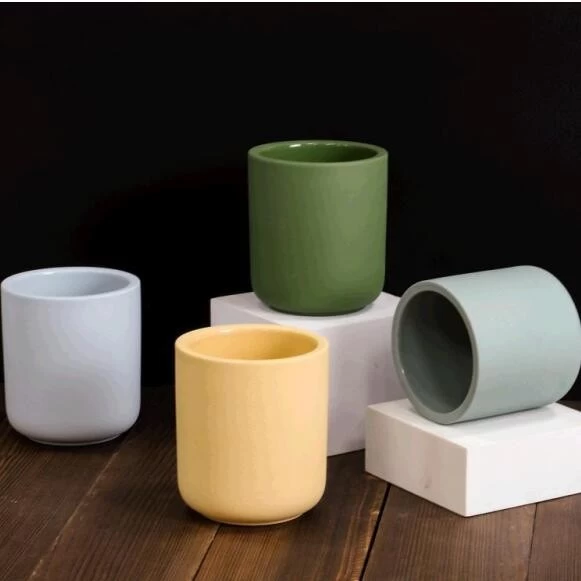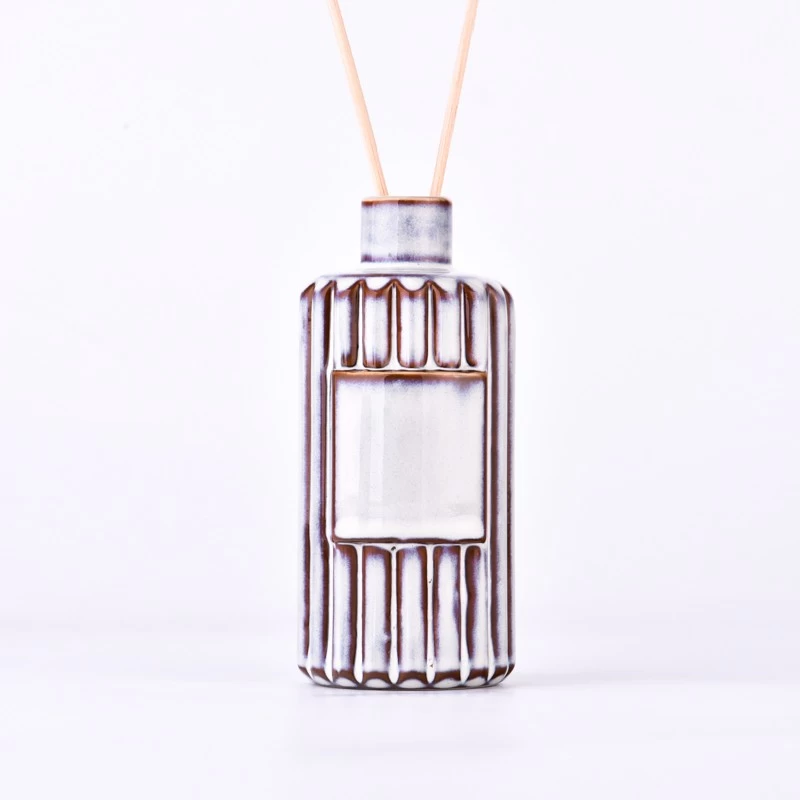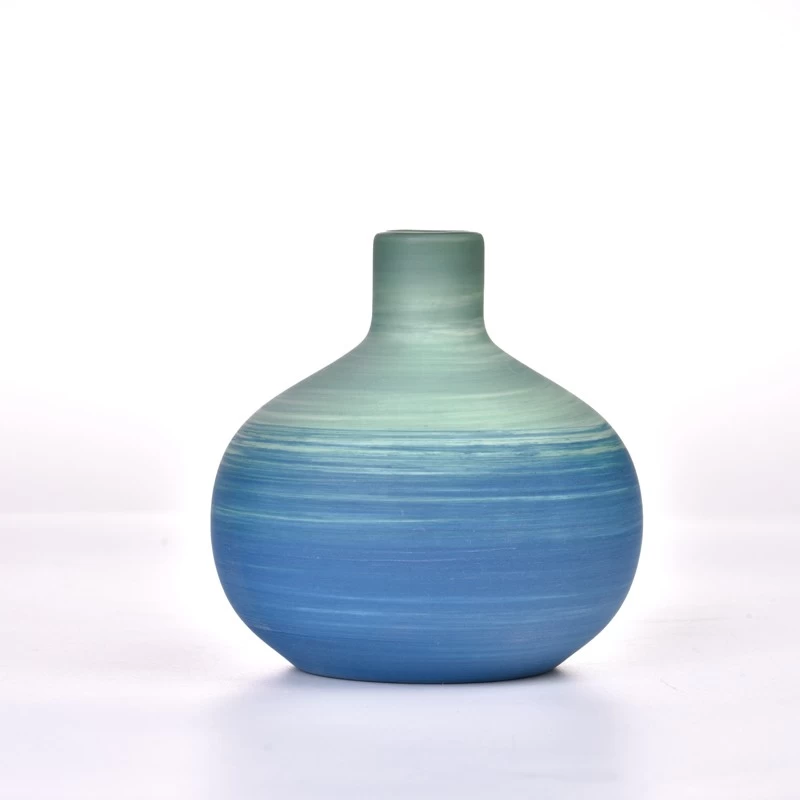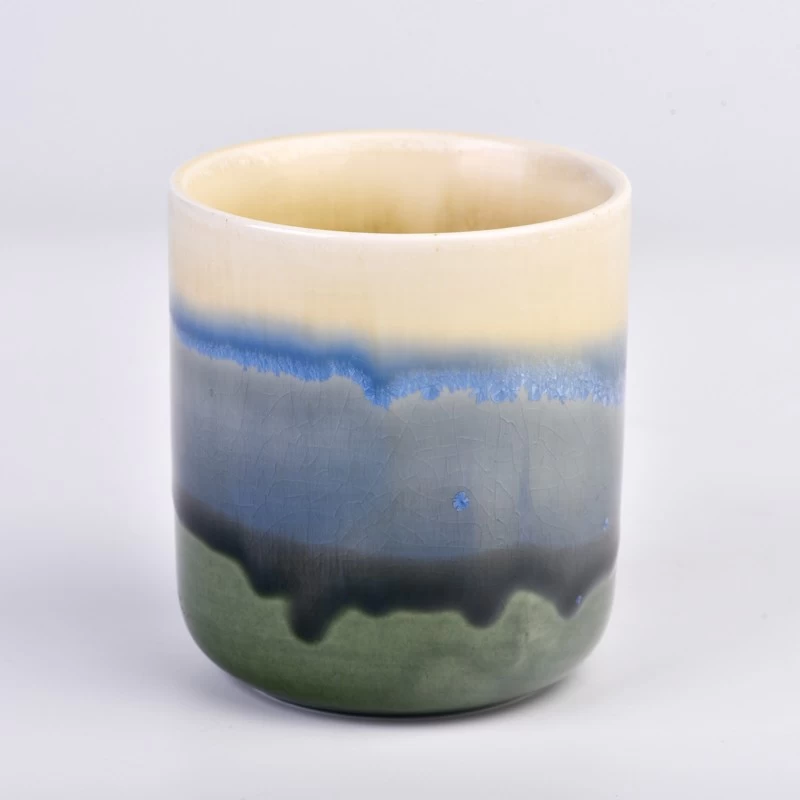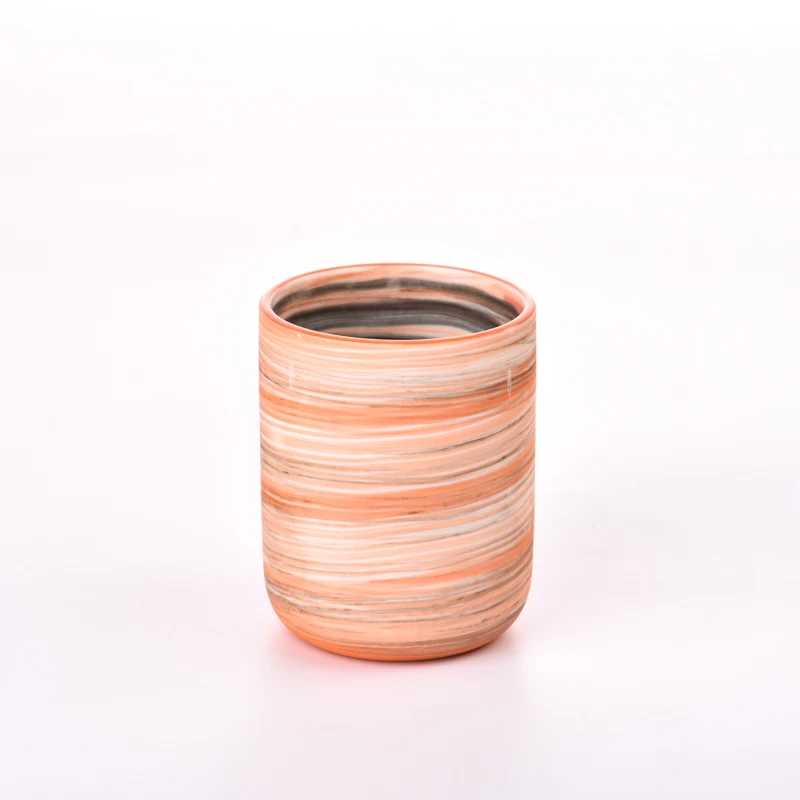Wie man den Unterschied zwischen Glas und Kristall
Bowls, dishes, decanters and stemware are available in glass or crystal. So how is it possible to tell the difference? Basically, manufactured glass consists of silica, soda and lime that is heated at 1,800 degrees Fahrenheit then poured into molds or blown into a desired shape. Glassmakers supplement chemical agents during firing to enhance the color and quality of the product. The addition of lead oxide results in leaded glass, popularly known as crystal. Other ways to tell the difference between glass and crystal include the cut, clarity, shape and weight.
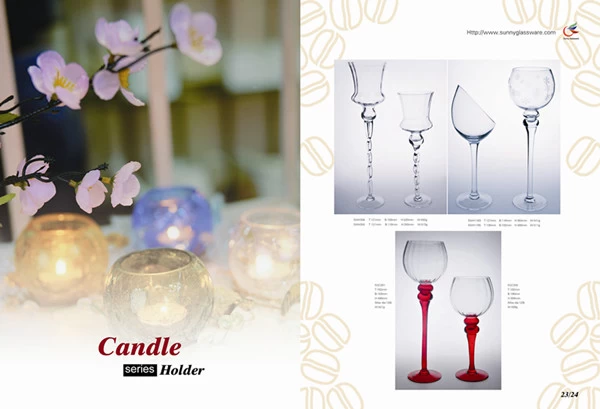
Instructions
1
Evaluate the clarity of the object. Crystal is clear, sometimes white, but glass has a green, gray or yellow cast.
2
Look at the size of the piece, specifically the width of the rim. One way to tell the difference between crystal and glass is that glassmakers can blow crystal thinner than glass.
3
Examine the cut of the object. Fine crystal is seamless, precisely cut and polished. Manufactured glass has seams; being more brittle, the cut will not have the same accuracy or finish. Run your finger over the facets; if it feels sharp, it is likely glass, not crystal.
4
Compare the object's heft to that of a similar sized item. Crystal is heavier than glass because it can contain up to 40 percent lead, a dense metal of greater molecular weight.
5
Determine the difference between glass and crystal by holding the object up to a light source. Crystal has a higher index of refraction and dispersion than glass, meaning any light passing through the object bends and separates. If the object reflects a prism, then it is crystal.
6
Tap the rim to determine if the object produces a "ping" or a "thud" sound. The difference is that crystal has a ringing sound, but glass does not.

